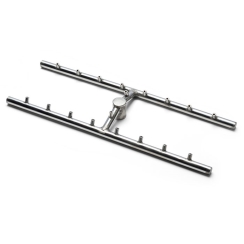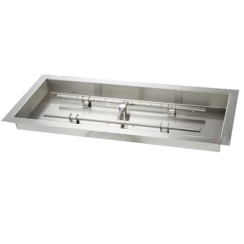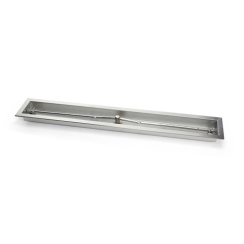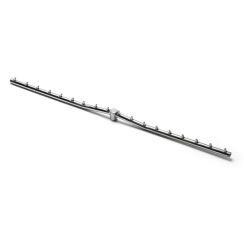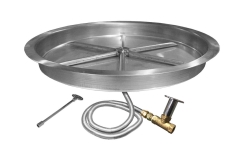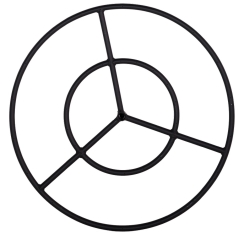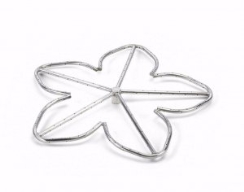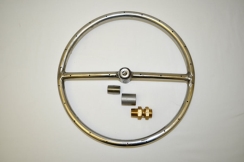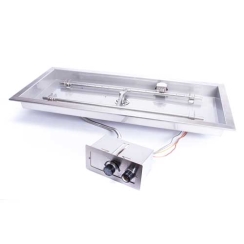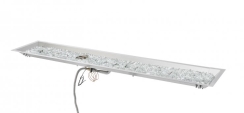DIY Fire Pit Kits
Displaying 1–20 of 649 items
Related Articles
Have questions?
Our NFI-certified experts are here to help!Customer Q&A with Product Specialists
Thank you for reaching out!
Thank you for your interest in our products. We've received your question and will get back to you shortly — usually within the hour but always within 1 business day. To ensure you receive our response, please add our email address (info@efireplacestore.com) to your email whitelist or address book.
In the meantime, while we prepare our response, keep an eye on your inbox for an email from us. We'll be sending you our exclusive Buyer's Guide, packed with valuable information to assist you in making the best decision for your needs.
If you have any further questions or need immediate assistance, feel free to reach out to us directly at 1-800-203-1642.
Thank you again for choosing eFireplaceStore.com!
Customer Images

About DIY Fire Pit Kits
Want to build your own DIY fire pit? A fire pit kit is the perfect way to do it! However, the DIY propane fire pit is not for everyone; there are several considerations before buying a propane fire pit kit. A DIY gas fire pit may be better suited for an installer making a custom fire feature, but fire pit kits aren't impossible with a little bit of insight and knowledge. Want to know more about a DIY gas fire pit? Check out our DIY Fire Pits Buyer's Guide!
